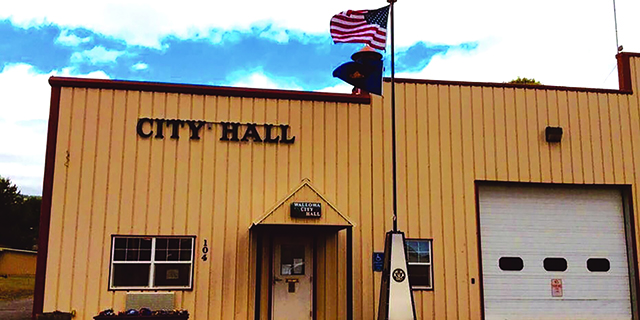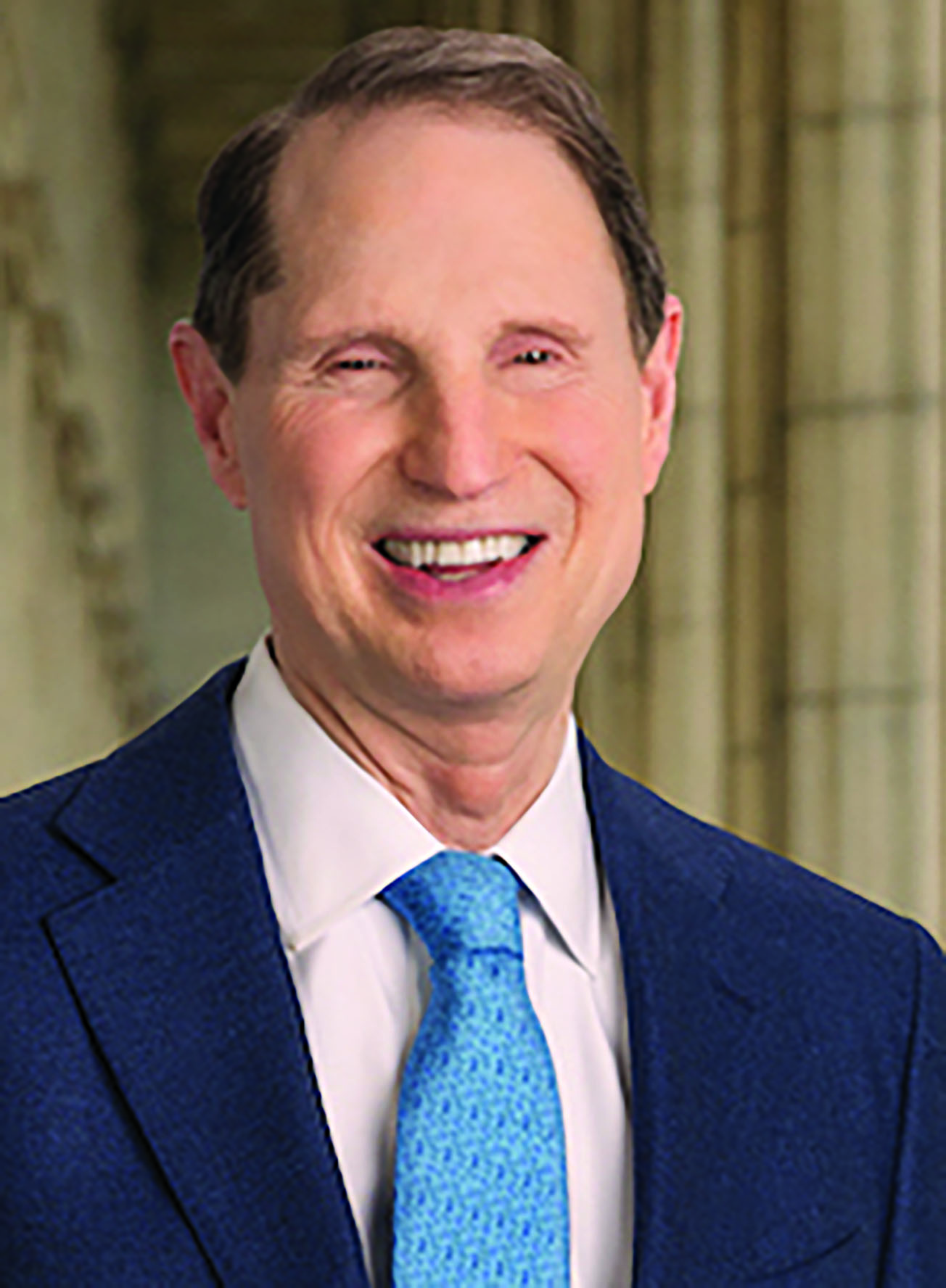It’s time to label beef from dairy cows too
Published 2:30 pm Tuesday, February 14, 2017
Every once in a while you read an article concerning country-of-origin labeling on beef. This is a good idea that needs to be carried one step further.
Beef should also be labeled as dairy beef when it comes from dairy cattle. The dairy industry has done more to cast a bad light on beef than just about anything I can think of.
Trending
Every picture on TV of mad cow disease or downer cow being forklifted to its feet has been a Holstein. They spend their lives on concrete and make up 95 percent of the downer cows due to broken hips, bad feet and dairy life in general. The public should know when they are eating meat from worn out old dairy cows that have been racked with mastitis and done countless rounds of antibiotic treatment. Dairy calves are jerked off their mothers as soon as they get their colostrum and she goes back to the milk string in two days. The calves then become bucket calves in a three-by-five pen until they are old enough to make it in the big pen. The incidence of disease and medication is far higher than in a beef calf that has his mother’s milk and her licking on him while he plays in a pasture.
The ration dairy cattle are fed is not to produce decent quality beef, it is to maximize milk production and when the hormones and the cows play out, the dairyman squeezes a few more dollars out of her by running her through a meat grinder.
This kind of meat should be identified and not confused with the far superior product cattlemen produce.
I have little sympathy for dairy owners. They have spent the money to have a strong lobby in Washington and they have no regard for the real beef industry that tries to clean up the beef image after they sully it with their downer and mad cows. They managed to get the dairy buy-out pushed through and sent the market south for decent beef. Those of us that suffered through that will long remember the tough times ranching.
When I worked for the Ag Department in California, I wrote the justification for drought assistance to cattlemen. This brought $8 million dollars into the county I lived in. I was shocked when I found that dairymen on irrigated clover received $18 a head while the beef ranchers that were really on the dry received only $13.
Cattlemen have come a long way from the longhorns that used to trail from Texas to Dodge. By selecting better genetics they have developed animals that produce a top-quality carcass that grades, yields and is tender and tasty. They strive to give subcutaneous rather than intramuscular vaccines and any shots are given in the neck rather than a superior cut of meat.
Trending
The animals are now quite valuable and receive excellent care and are provided quality feed and living conditions. Ranchers savvy that a happy bovine gains faster and is healthier.
With the natural beef program, any animal that has been sick and treated with antibiotics is marked and cannot be marketed as natural. Carcasses are tested to assure that no mistake has been made. This assures that the cut of meat you buy has come from an animal that has never been sick.
When an animal gets sick, it stops growing. This causes a layer of gristle to build up in the tissue where the muscle is at that stage. By buying certified natural beef, you get gristle and antibiotic-free meat.
Beef cattle are relatively healthy, largely because of their environment and diet, so even if the beef is not certified natural, chances are pretty good the animal has been illness free.
I think it is time for the beef industry to distinguish itself from the dairy industry and make the media and public aware that we are not associated with the inferior product that dairy beef has become.
A little known fact – Holsteins produce more beef than any other single breed. Hard to believe, till you think of all the dairies in the country, some of them over 50,000 cows.
Barrie Quallie is a local columnist for the Chieftain.









